Latest News
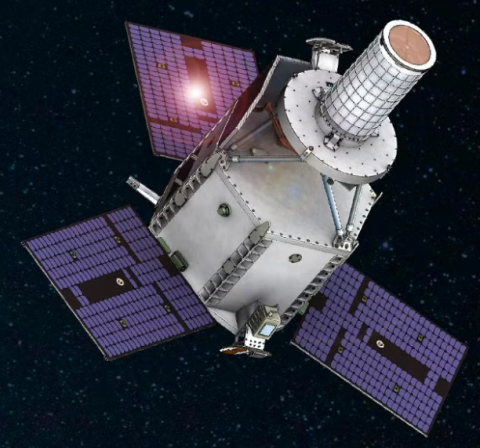
NASA selects NSF NCAR Heliophysics Mission for Continued Development
NASA has selected the Chromospheric Magnetism Explorer (CMEx) for an extended period of concept development. The $150 million mission would fill a critical solar observational gap, generating information on conditions that lead to solar eruptions, advancing our knowledge of the solar magnetic field, and improving space weather modeling capabilities. It would also be the first Explorer-sized spacecraft mission ever led by NSF NCAR.
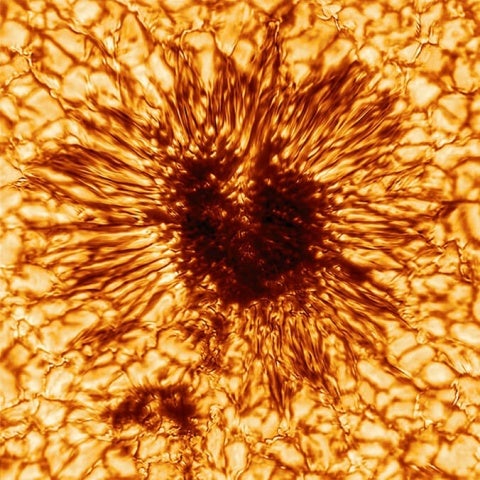
New AI Based Methods for 3D Reconstruction of the Solar Photosphere
In a collaborative effort researchers at the University of Hawaii Institute for Astronomy (IfA), the NSF funded National Solar Observatory and NSF NCAR’s High Altitude Observatory developed a new artificial intelligence based method to reconstruct the magnetic field in the solar atmosphere.
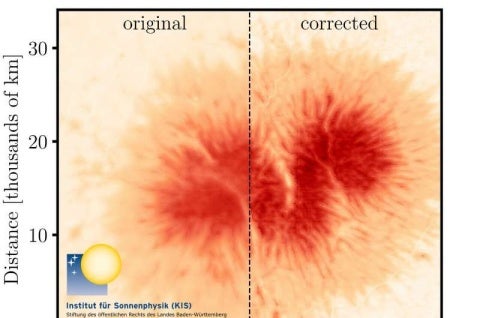
International & European news agencies feature Sunspot research
The journal Astronomy & Astrophysics recently published a study on the development of a new method for analyzing the stability of sunspots. As part of this study, an international team—led by scientists from Germany in collaboration with colleagues from Sweden, the U.S. and Spain—applied this new method to observations with the German GREGOR solar telescope.
Latest Research Highlights
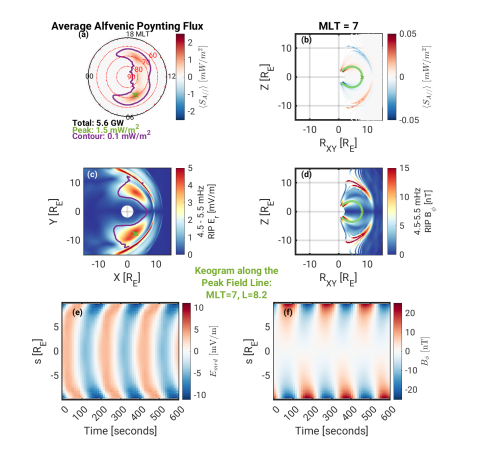
Efficiency of Electromagnetic Energy Transfer from Solar Wind to Ionosphere through Magnetospheric Ultra-Low Frequency Waves
Dong Lin, Michael Hartinger, William Lotko, Wenbin Wang, Xueling Shi, Bharat Kunduri, Viacheslav Merkin, Kareem Sorathia, Kevin Pham, and Michael Wiltberger use a first-principles computational model that can resolve the fundamental physics related to the low frequency plasma waves, to carry out idealized numerical experiments to investigate the electromagnetic energy flow in response to undulating solar wind. The theoretical study provides new understanding of the significance of the electromagnetic energy flow and its dependence on different parameters.
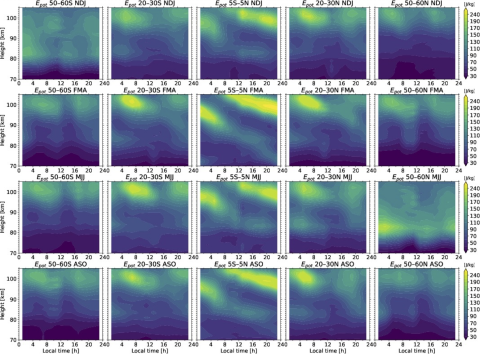
Local Time Variability of Gravity Wave Activity Revealed by SABER Temperature Observations
D. Koshin, N. M. Pedatella, A. K. Smith, and H.-L. Liu investigate diurnal variability in gravity wave activity, which is an indication of the interaction between gravity waves and tides using satellite observations
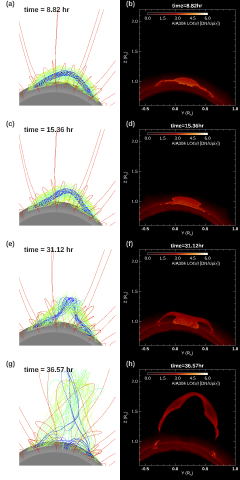
MHD simulations of CME with associated prominence eruption
Yuhong Fan uses magnetohydrodynamic (MHD) simulations to find the formation of a prominence-cavity system that qualitatively reproduces several observed features including the cavity, the prominence “horns”, and the central “cavity” enclosed in the “horns” above the prominence.